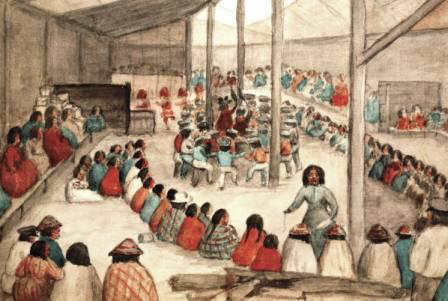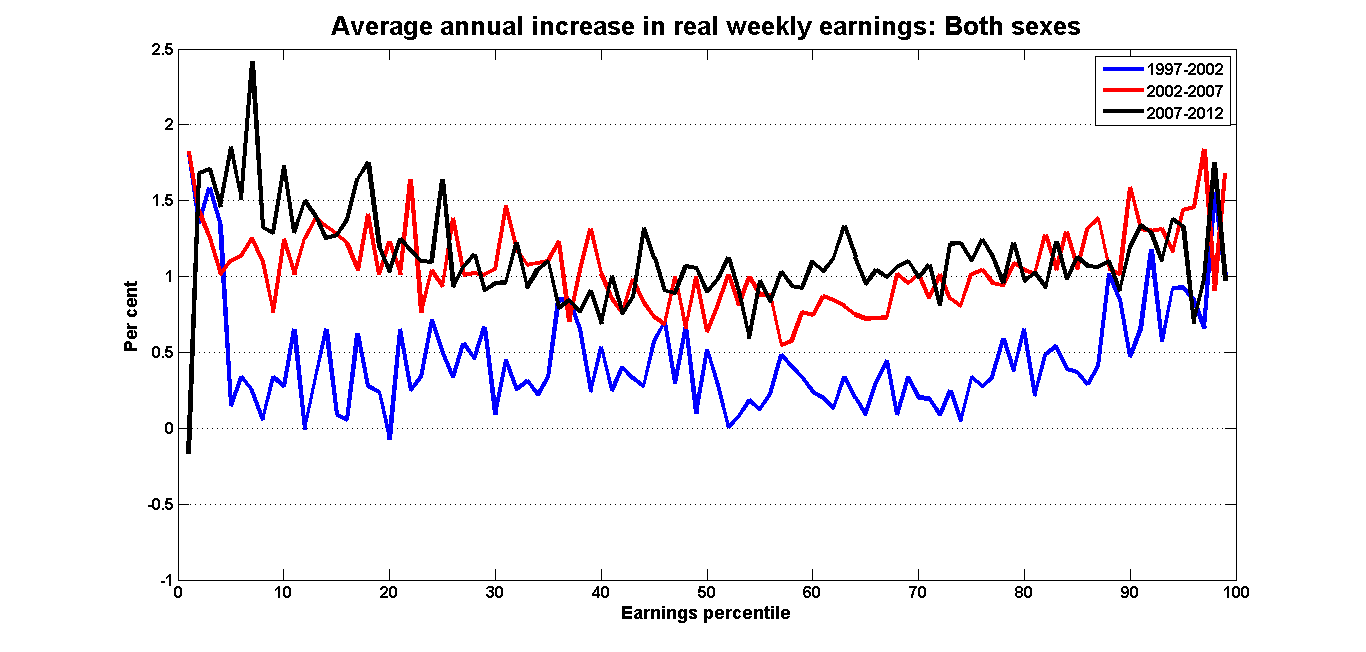This post inaugurates an occasional series I’m calling, “Economic history in the present”. This series will look at vignettes from global economic history with an eye to current phenomena or particular events. Some will be more speculative, drawing on anthropology and philosophy; some will be more rigorous. Hopefully, both aspects of this approach will produce interesting juxtapositions that illuminate the present via the past. Without further ado, here is the opening salvo…
♠ ♣ ♥ ♦
While redistribution is a bit of dirty word today, it has been a key economic activity across human history. As resources move from the periphery of society to its centre through means more or less refined – from robbery and pillage to rents, taxes and tithes – the need arises for mechanisms to move some resources back from the centre to the periphery. Whether to pacify, reward or simply keep from starvation, the powerful have long given part of their take back to the powerless. Over the course of human history, the vehicles for redistribution have varied considerably: from the haphazard to the ritualized, from the simple to the elaborate.
One oft-cited means of redistribution comes from the lands now occupied by British Columbia. The Pacific Northwest of North America has a rich tradition of the potlatch, a highly complex, formal redistributive process frequently drawn upon by anthropologists. In ceremonies lasting from several hours to several weeks, wealthy and powerful leaders of kinship groups gave away their wealth to guests from the surrounding area that included members of their own group and often entire rival groups. The more that someone gave away, or even destroyed, the more prestige they garnered and the wealthier they became in the eyes of others – despite the fact that a potlatch might leave them temporarily near penniless. Social status was conferred via giving rather than having.
The potlatch with its ironic twist on wealth should not, however, be mistaken for some kind of utopic ritual; the powerful could give away so much precisely because they had the power to obtain it in the first place. Redistribution is fundamentally about restoring a semblance of social balance; the potlatch gift is a counterpoint to the potential and actual exploitation and violence inherent in the prior process of distribution. It points to redistribution as pivotal in keeping social peace and ensuring continued social cohesion and survival.

